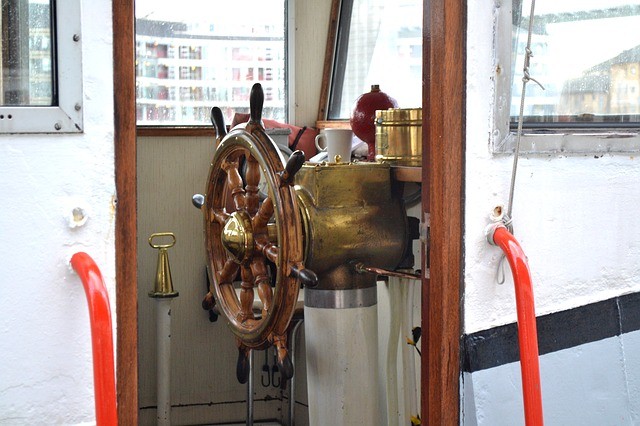Anyone who has experienced using brass can tell how malleable, strong, and durable it is. This metal is composed mainly of copper and zinc, but sometimes, a miniscule amount of tin and other metals like lead is added to improve its properties. The ratio of copper to tin varies depending on the metal’s intended purpose. The composition ranges from 55 to 90 percent for copper and 10 to 45 percent for zinc.
As for naval brass, the perfect ratio is around 59% copper, 40% zinc, 1% tin, and trace amounts of lead. Due to its composition, this type of brass is classified under a brass subfamily known as “Alpha Beta” or sometimes “Duplex Brasses”, which are stronger and harder than other brass groups, particularly when it comes to dealing with saltwater. This makes them a perfect material for sea vessels.
Why Alloy Composition Is Important
The reason why brasses are classified into different groups is that each unique composition yields a material of unique properties. This is especially the case with malleability and ductility, two critical properties you can get from brass alloys. The malleability of brass depends on the amount of zinc used. When the alloy contains more than 45% of zinc they are known as White Brass and are no longer workable either in hot or cold.
As for brass used in marine applications, the secret to its success is the addition of tin. Even if tin only accounts for 1% of the entire composition it makes brass for naval use even more corrosion resistant, an essential characteristic when the alloy is meant to be exposed to harsh saltwater conditions. Another important reason why tin is added to the mix is to increase the metal’s resistance against dezincification, which allows it to last even longer.
Finally, the addition of trace amounts of lead may not seem important, but this actually impacts and helps with the metal’s machinability. With just the right mix and amount of metals, brass becomes even sturdier, stronger, and more workable than it originally is.
Different Uses for Naval Brass
Aside from being used in hardware applications on marine structures like boats and rigs, this special group of brasses also has a number of different uses. Due to its extremely high resistance to wear and tear its incredible tensile strength, these brasses are perfect when used as a fastener in brushings, as a wear strip, and even for valve stem uses.
In fact brasses like the naval and admiralty brass, which are classified under the “Alpha” group, are best used in the manufacturing of screws, pins, bolts, and even the cartridge cases for ammunition. This is mainly due to their malleability and strength. There are some people who will argue that brass used for marine needs belong to a separate group because of the addition of zinc and lead, but for others this only enhances their strength.
Other groups like the “Beta Brasses” are those that are commonly used for fixtures around the house like faucets, window frames, and door fittings because they are stronger, but less ductile.
Choosing the Right Brass Group Makes a Big Difference
Before settling for a type brass it is always good to know what you plan to use the metal for. This will help you choose the group that is perfect your needs. Just because brass is known for its many wonderful qualities doesn’t mean they all have the same capabilities. The more you know about the Alpha and Beta groups and their applications the better the chances are of you choosing the right ones that will last longer. It also helps to get them from a trusted supplier such as Rotax Metals.
Sources:
Brass, Britannica.com
What is Naval Brass?, NationalBronze.com


